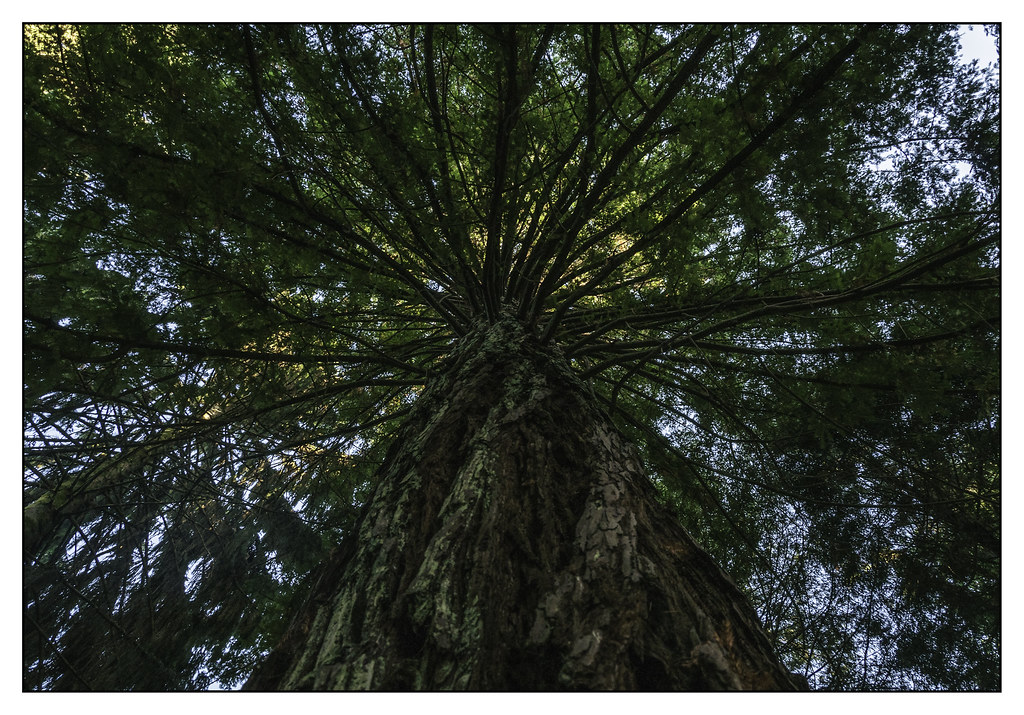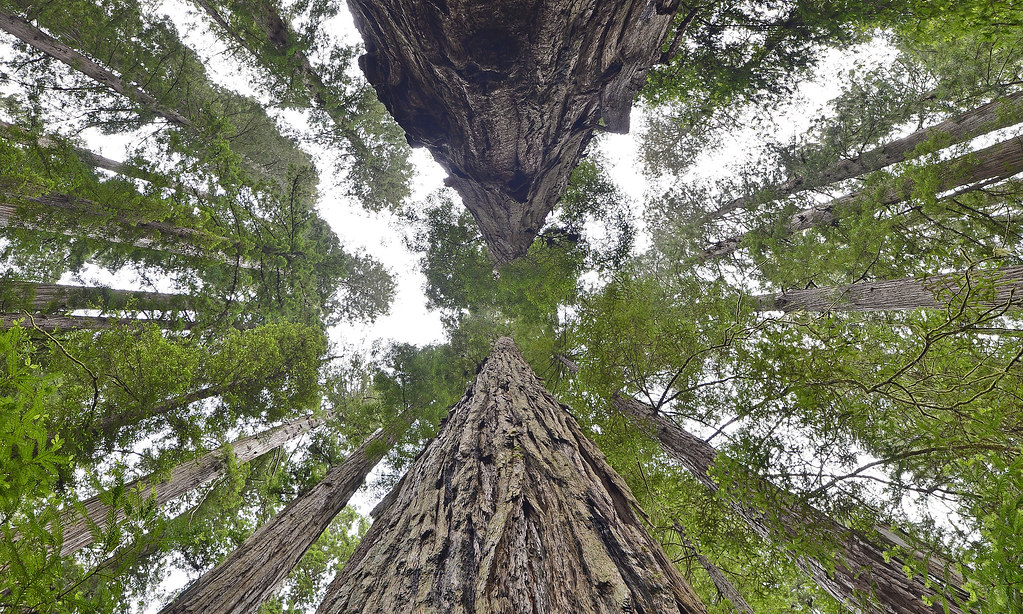Sadly, in the world, there is no forest in which there are only sequoias, but we can see how they alternate with other types of fauna and flora in total harmony. They do find, from time to time, tiny areas where only these trees grow, and they are called like this ‘pure forest of sequoias’. It is considered that there are about 20,000 copies distributed in small groves of about 6 live specimens and attract much attention.
These are groves that are protected. So they can continue to grow and reproduce, they take great care of the area where they grow and develop. Today, environmentalists, professionals and forestry experts make us see that there are fewer and fewer sequoias, and hence the interest in them so that they can enjoy the perfect circumstances so that they continue to grow strong and beautiful.
There are difficulties for these plants to continue reproducing. The key is in its seeds, which germinate conveniently only if they are found in mineral soils. On the other hand, in these soils, there has to be a total and direct incidence of sunlight. This is not easy: they are two important points that do not occur in any area of the planet and that requires effort for trees to grow healthy and strong and last a long time.
At the moment there are crops of these immense living beings in various parts of the planet. These include England and Australia, where there are specimens that can reach 150 years of age and reach 50 meters high.
Sequoias or sequoia trees in Europe

The sequoias arrived in Europe in the year 1843. Here, they were introduced artificially for the ornamental value they were given. At this time you can enjoy your contemplation in countries like Spain, specifically in Granada. Near Puebla de Don Fabrique there are sequoias in the Cortijo de la Losa. The specimens were given by the Duke of Wellington to the Marquis de Covera in the second half of the nineteenth century and currently remain tall and strong.
There are also sequoias in Cantabria. There is a small forest that was declared a national monument in 2003, known as the Natural Monument of Monte Cabeza. There we can visit up to 848 feet of Sequoias Sempervirens and 25 of Pinus Radiata. I consider this a great incentive to make a trip to Cantabrian lands and enjoy discovering them.

